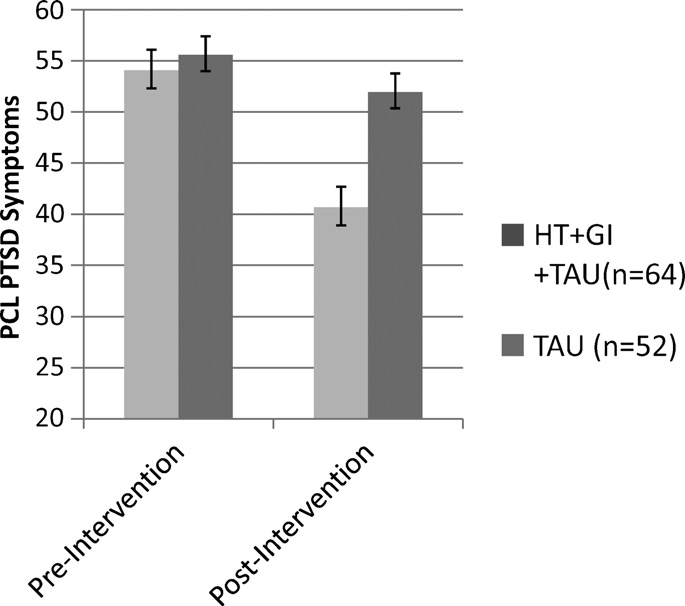Quintessenz journals
RANDOMISED CONTROLLED CLINICAL TRIAL Marco Esposito, Carlo Barausse, Roberto Pistilli, Vittorio Checchi, Michele Diazzi, Maria Rosaria Gatto, Pietro Felice Posterior jaws rehabilitated with partial prostheses supported by 4.0 x 4.0 mm or by longer implants: Four-month post-loading data from a randomised Marco Esposito, DDS, PhDFreelance researcher and Associated Professor, Department of Biomaterials,





